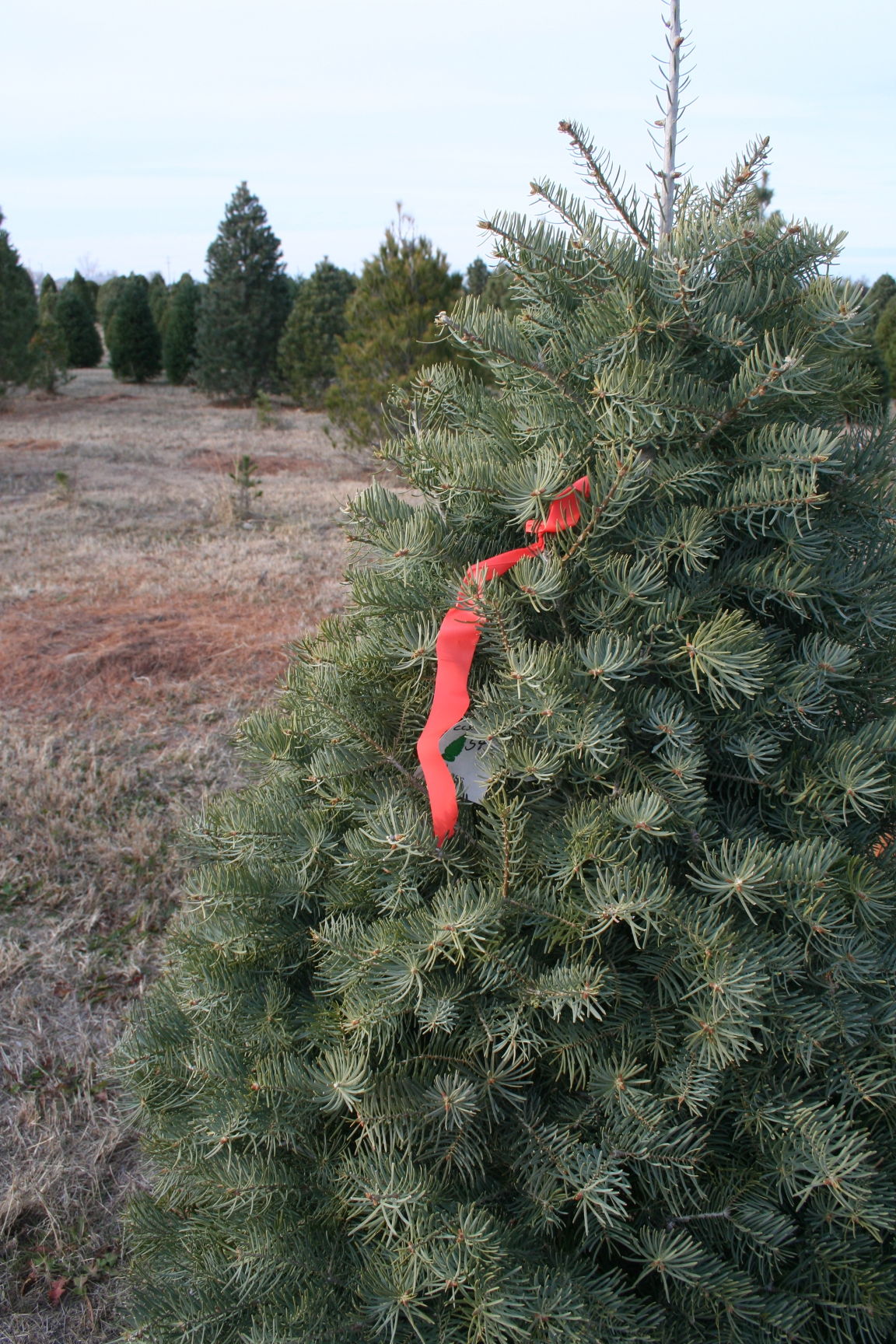For many people, nothing can compare to the smell, look and ambience of a real Christmas tree. And when the holidays are over, there are several eco-friendly ways to dispose of or recycle that ornamental piece of holiday tradition.
Alison Baylis, Texas A&M Forest Service regional urban ecologist, said utilizing real Christmas trees is something people do out of tradition, but each tree also represents an environmentally and economically friendly choice. Tree farms provide the same benefits as urban and natural forests. They clean air, provide soil stabilization and sequester carbon.
Buying real trees also supports local economies. According to the Texas Christmas Tree Growers Association, 175 Texas Christmas tree farms produce over 200,000 trees each year.
However, once the tree has served its purpose of bringing light and beauty into a home for the holidays, many trees end up in a landfill as their final resting place. Baylis said there are several ways to use the tree to add value elsewhere rather than discarding it as trash.
“Even though trees are a renewable resource, we should opt to recycle or dispose of them in a way that helps the environment and gives our trees a second life,” said Baylis. “Recycling Christmas trees can reduce our carbon footprint and support a more sustainable holiday season.”
The following are some ways to sustainably dispose of Christmas trees:
Recycle
Real trees are biodegradable, and many communities have tree recycling programs. Check with your local city or municipality, local waste management company, a nearby garden center or conservation organization to find out if Christmas tree recycling, whether curbside pickup or a drop-off station, is available in your area. Recycling trees is recommended over burning them to help prevent wildfire danger.
Mulch
The most common recycling option is chipping Christmas trees into mulch, which can be used for a variety of needs around homes and yards. Mulch can be placed around the base of trees and gardens as an insulator to help plants withstand cold temperatures and prevent soil erosion and compaction.
Tree limbs are a great way to insulate garden plants, and some cities even have free mulch available after the holiday season.
Pond and wildlife habitat
Place Christmas trees in yards, nature landscapes or in bodies of water to create a habitat for wildlife. When trees are sunken into water bodies, they increase the complexity of the aquatic habitat. Woody debris provides a place for aquatic species to flourish, which increases overall biodiversity. In creeks and rivers, woody debris also helps to slow the water flow rate during flash floods, which helps prevent erosion on streambanks. If you do not have a pond or lake on your property, contact local officials to see if there is a suitable body of water to properly dispose of your tree.
You can also set your tree in your yard, creating a wildlife habitat and providing birds with shelter. By tying bird feed, orange slices, popcorn and other bird-friendly treats to your tree, you can enjoy the view as birds fill the branches.
Fun family crafts
Keep the holiday spirit alive after Christmas by using parts of Christmas trees to make fun family activities such as “tree cookies” and coasters. Cut the trunk of your tree to make coasters or other decorative accent pieces in your home. Go a step further and let kids paint the trunk “tree cookies” for one-of-a-kind artwork.
Know before you dispose
As the joy of having a Christmas tree in your home ends this season, use one of the many ways to sustainably dispose of your tree to prevent it from ending up in a landfill. Make sure to remove all decorations, such as ornaments, lights and ribbon. If the tree is sprayed with flocking or fake snow, it should not be recycled.




